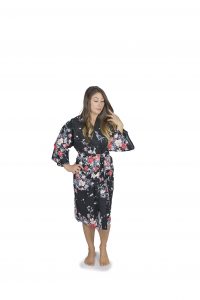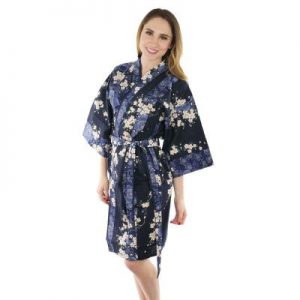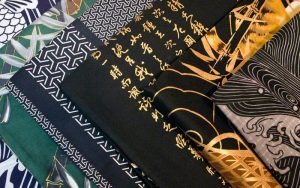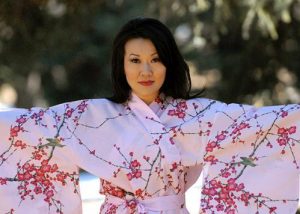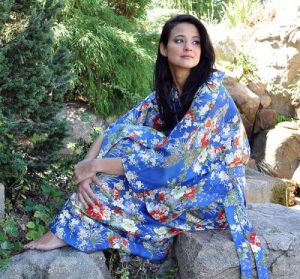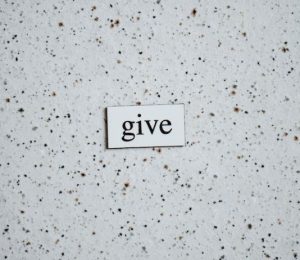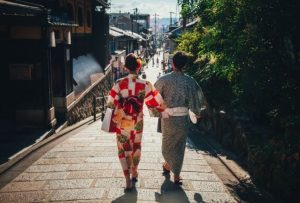Summer is a season of light, beauty, and comfort, and no garment embodies this spirit more than the Japanese Yukata. A masterpiece of tradition and simplicity, Yukata offers an elegant solution for staying cool and stylish in the heat. With its lightweight fabric, versatile styling options, and roots steeped in Japanese culture, the Yukata serves as more than just clothing. It’s a harmonious blend of fashion, tradition, and comfort.
A Glimpse into the History of Yukata
The Yukata, often referred to as a “summer kimono,” has a rich cultural history that dates back to Japan’s Heian period (794–1185). Originally, it was worn as a bathing robe by the aristocracy after soaking in a hot spring (onsen). Over time, the Yukata evolved into a cherished wardrobe staple, worn during summer festivals, casual gatherings, and as a display of Japanese artistry.
Traditional Yukata are made from breathable cotton fabrics, designed to reflect the serene motifs of nature, such as flowers, flowing water, and delicate geometric patterns. Today, the Yukata embraces its roots while adapting to modern needs, standing as a symbol of elegance and grace for people worldwide.
Why Choose Yukata for Summer
If you’re looking for a garment that combines beauty, functionality, and comfort, the Yukata is the perfect choice. Here are some key reasons why Yukata makes for an ideal summer staple:
Lightweight Fabric to Keep You Cool
Crafted from lightweight cotton, Yukata is your ultimate companion for staying cool during hot summer days. Unlike heavier fabrics, Yukata allows your skin to breathe, making it exceptionally comfortable, even in the sweltering heat.
Easy to Care For
One of the most appealing features of modern Yukata is its practicality. Made from 100% cotton, Yukata is machine-washable and easy to care for, offering you a low-maintenance yet refined wardrobe option. Whether you’re lounging at home or heading to a summer event, Yukata is ready when you are.
Effortlessly Stylish
There is an effortless elegance in the way Yukata drapes, combining style and comfort seamlessly. It’s a garment that exudes grace while being easy to wear, perfect for anyone looking to elevate their summer fashion game with minimal effort.
Versatility for All Occasions
Whether you’re wearing it as loungewear, taking a casual stroll, or attending a summer festival, Yukata is versatile enough to match your mood. Its adaptability, combined with timeless patterns and designs, makes it a true gem in any wardrobe.
How to Style Yukata for Loungewear or Fashion
The beauty of Yukata lies in its versatility. Here’s a quick guide on how to style your Yukata to suit your needs:
For Loungewear
Transform your home into a sanctuary of comfort and elegance with Yukata. Opt for classic designs in soft-hued tones for a peaceful, relaxed vibe. Pair your Yukata with minimal accessories, such as simple slippers or tabi socks, for the ultimate at-home retreat. With its lightweight material and easy fit, Yukata doubles as the perfect robe for calm mornings with coffee or quiet evenings with a book.
For Summer Fashion
For fashion-forward looks, choose a Yukata with bold and vibrant patterns. Bright floral prints or geometric designs in colors like indigo, red, or white create a striking statement. Style it with an obi (sash) in a contrasting or complementary color, and finish with geta sandals for a traditional yet modern touch. Add subtle jewelry or a woven basket bag to complete the look, perfect for a day out, a summer party, or a cultural celebration.
Yukata’s ability to bridge tradition and modernity ensures you feel equally radiant whether you’re walking through a festival or enjoying an urban getaway.
Timeless Elegance for Every Summer
Yukata is more than just a “summer kimono” or a cotton robe; it’s a celebration of tradition and a testament to timeless design. It brings together the charm of Japanese culture and the practicality of modern life, offering an unparalleled balance of style, comfort, and authenticity.
This summer, why not introduce Yukata into your wardrobe and experience firsthand the elegance it brings to everyday life? Whether you’re lounging at home or stepping out, Yukata promises to keep you cool, stylish, and connected to its rich heritage.
Explore our exclusive collection of Japanese Yukatas today and elevate your summer style. Crafted with care, every piece is a story, a tradition, and a touch of artistry you’ll fall in love with.
Discover elegance. Discover comfort. Discover Yukata.



